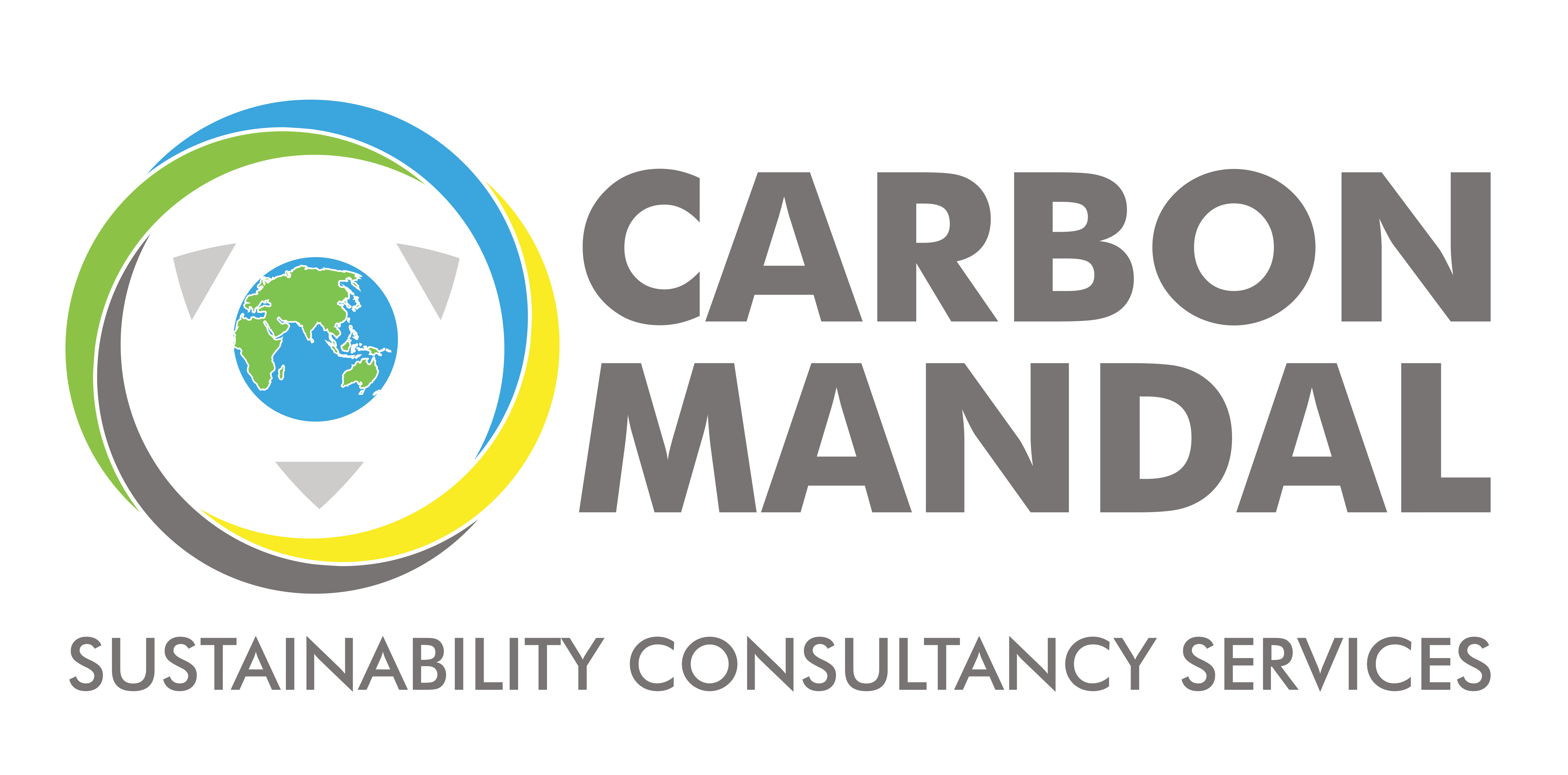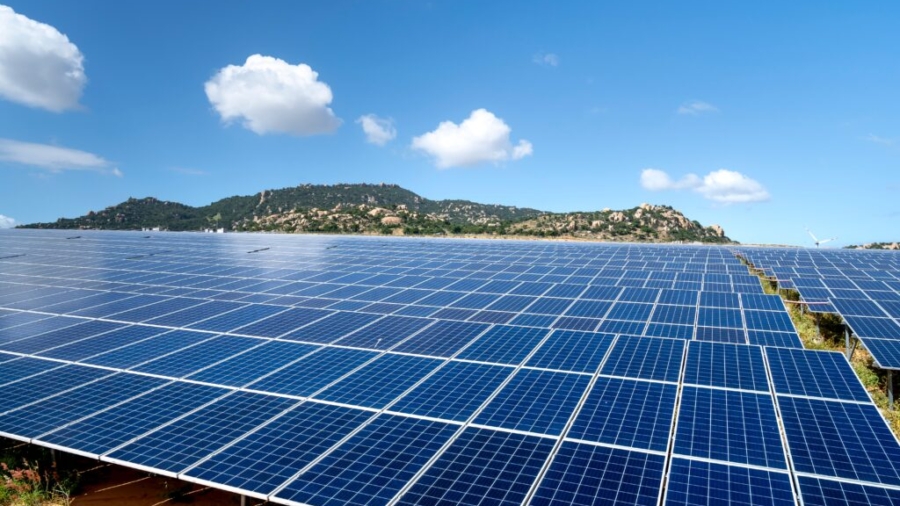Biomass-based energy sources as alternatives for Industrial energy
consumption
Biomass-based energy potential in India
In the last article, the Renewable Energy share of the Indian Power sector was overviewed. Further to the discussion on industrial consumption and Waste Heat Recovery scenarios, this article delves into another alternative energy source. Given earlier that 50 per cent of the energy consumption in India is owed to the industries, the sector holds vast possibilities in shifting towards a low carbon future. General practice among the farming community of the North-West region of India is stubble burning. Stubble is the stalk of cereal crops left sticking out of the ground after the grain is harvested. A controversy has erupted between various entities that this practice has been a major contributor to the steep levels of air pollution in the National Capital Region (NCR). Irrespective of whether the reason holds sufficient water, it is important to note the significant potential biomass waste holds for meeting power demands. The Punjab state is one of the largest producers of rice. Rice being a cereal crop, once the grain is harvested, it leaves behind a stubble that some members of the farming community believe is easier to get rid of by burning, rather than arranging labour or tools to pluck it out. A report submitted by a Supreme Court appointed Authority stated that incentives allotted per unit were unviable for a farmer to avoid burning of stubble.(1)
Looking away from the problems and searching for solutions, many industries have built themselves into energy producers, by taking advantage of a blame game situation. Taking into account the calorific value of such crops, the waste holds key to unlocking alternative energy sources for industrial captive use or distribution of energy. A study by the Indian Institute of Science (IISc) Bangalore found that biomass availability in terms of agricultural residue in India ranged between 120 and 150 million tonnes per year. The Indian Power Ministry observed that India holds the potential to generate nearly 18,000 MW of power from biomass(2). This number is nearly equivalent to twice the power demand of the state of Karnataka (3).
Rural Greenification through biomass energy
scenarios
The advantage of biomass-based power generation is that it is a process of cogeneration of power. Apart from the generation of electricity, it also generates heat that can be utilized for other industrial processes. Rural industries can make significant use of this concept to reduce their external energy dependency, and by introducing such concepts, they can further increase their renewable energy share. An observation by the Power Ministry of India found a clean energy scenario wherein rural industries could support themselves with 7000-8000MW of power generation through bagasse based
cogeneration in sugar mills. Biogas is another derivative from bio-based or organic waste in rural areas that can meet domestic needs such as cooking and hot water. Biogas plants have the advantage of being set up on small scales in villages, where the community can contribute their biomass waste to generate biogas for supply through local distribution pipes. Rural areas have the disadvantage of not being able to consistently receive gas distribution such as LPG, CNG and LNG from the state due to logistics and supply issues. Biogas can set off an independent evolution among villages to become self-sufficient and sustainable.
Pros and Cons of the biomass energy future
The disadvantage that biomass power holds over fossil fuel-derived power is the supply chain reliability. Biomass availability may not be year-round depending on the crop whereas coal mining is perennial. Crops yield biomass residue according to their growth cycles and hence a consistent supply chain holds a challenge against the adoption of the concept.
Biomass-based power holds a unique advantage over conventional renewable energy sources such as solar and wind power. Where solar and wind are generally viewed as having intermittent sources, biomass power can be observed to be much more consistent. In addition, biomass power can serve as a baseload for the power demand in contrast to solar and wind power serving the peak loads. Storage is relatively easier in case of biomass, by the simple concept of storing the raw material itself as compared to solar and wind, which require storing of the electricity using batteries or other forms of storage, which are not completely sustainable and much more expensive. Through effective planning and collaboration, biomass can overcome supply chain challenges. Biomass based power can certainly hold an upper hand being carbon neutral as compared to both fossil fuels and other conventional renewables where the supply is intermittent or variable. Biomass power has the potential to turn India greener, both in the urban areas and the rural.
List Of Reference :
[1] The Hindu, Online News Article dated 01 October 2020[2] EnergyWorld.com, From The Economic Times
[3] Power Ministry of India, https://powermin.gov.in/sites/default/files/uploads/joint_initiative_of_govt_of_india_and_Karnataka.pdf








